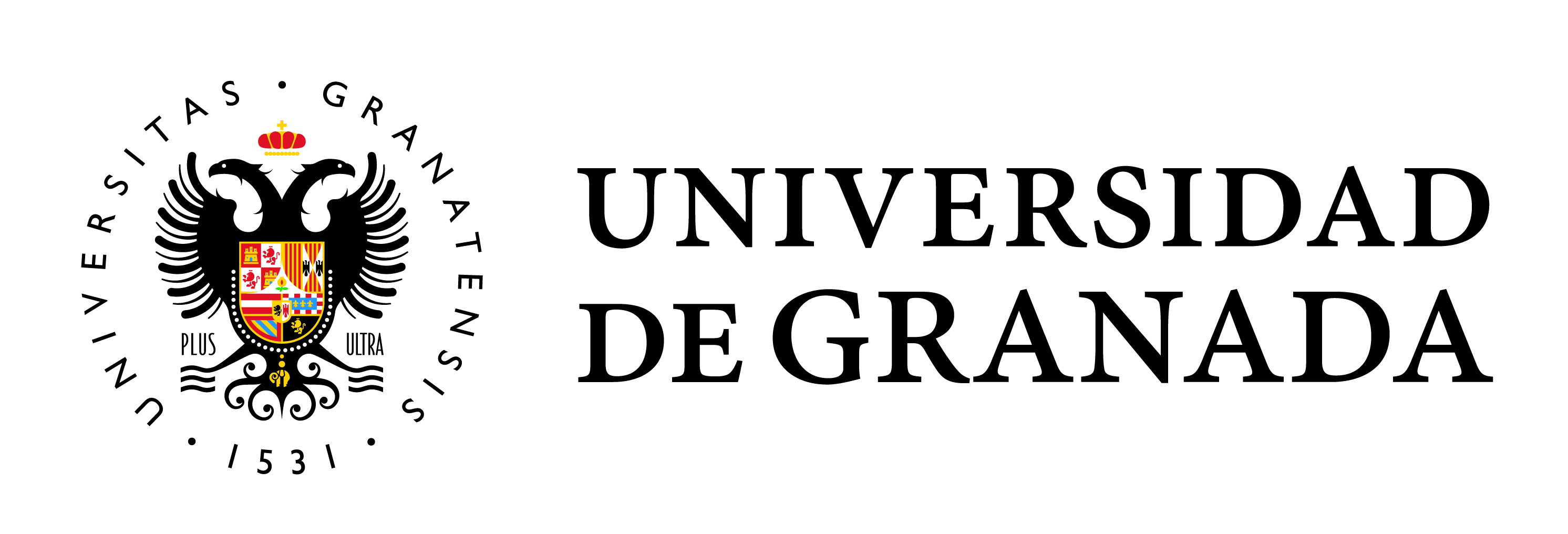Trashumance activity genererative place and landscape: geografical application of "inhabit"
Main Article Content
Vol. 50 (2012): 1, Articles, pages 9-35
Submitted: Mar 13, 2013
Published: Jul 13, 2012
Abstract
Transhumant herding practices offer an opportunity to explore certain conceptualisations of dwelling, a notion linked to Heidegger and more recently taken up by various academic currents as a core notion for geographical reflection. A hasty vision of the concept would align it with sedentary lifestyles and conservative rootedness. However, a more open reading of dwelling, understood as the full relation with space and the network of history and narratives which are woven into it, allows for its usage in mobile and nomadic contexts, such as herding shows with exemplary vividness. Transhumance illustrates with clarity the possibilities of the dwelling notion: the rich implication of animals and human beings in the rhythmic world, through their embodied performances, which densify by repetititive mobility, and precede the formal crystallisation of space.
Keywords:
dwelling, Heidegger, landscape, transhumance, herding, vernacular architecture
Downloads
Article Details
How to Cite
Pardoel, H. J., & Riesco Chueca, P. (2012). Trashumance activity genererative place and landscape: geografical application of "inhabit". Cuadernos Geográficos, 50, 9–35. Retrieved from https://revistaseug.ugr.es/index.php/cuadgeo/article/view/549


